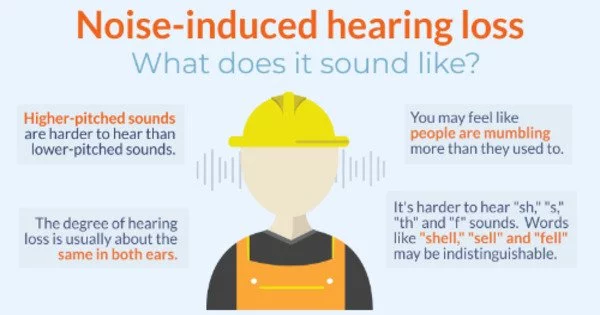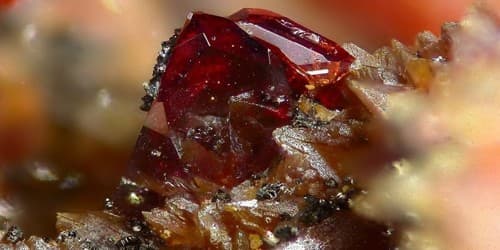Noise-induced hearing loss (NIHL) is a hearing impairment caused by loud sounds. It is a type of hearing impairment caused by exposure to loud noises or sounds. People may have a loss of perception of a specific frequency range or decreased perception of sound, such as sensitivity to sound or ringing in the ears. Prolonged or repeated exposure to loud sounds can cause irreversible hearing loss by damaging the sensitive hair cells in the inner ear. Occupational hearing loss occurs when workers are exposed to risks such as noise and suffer from hearing loss. This condition is avoidable, but once it has occurred, the harm is usually irreparable.
Hearing loss can occur gradually as a result of chronic and repetitive noise exposure (such as loud music or background noise) or rapidly as a result of exposure to impulse noise, which is a brief burst of high intensity noise (such as a gunshot or airhorn). Loud sound overstimulates fragile hearing cells in both types, causing irreversible harm or death. Hearing in humans cannot be regained after it has been lost in this manner.
Here are some key points about noise-induced hearing loss:
Causes of NIHL
Noise-induced hearing loss can result after a single severe event (such as explosions or gunfire) or through chronic exposure to high-volume sounds (such as loud music, power tools, or machinery).
The cochlea, the spiral-shaped mechanism in the inner ear responsible for converting sound vibrations into electrical signals delivered to the brain, is subjected to mechanical stress as a result of the loud noises. This tension damages or destroys the hair cells over time, resulting in hearing loss.
Construction workers, manufacturing employees, musicians, and military people are more likely to acquire noise-induced hearing loss due to their constant exposure to loud noises.
Symptoms
The symptoms of NIHL can vary depending on the extent of the damage. People with noise-induced hearing loss may experience difficulty understanding speech, particularly in noisy environments, ringing in the ears (tinnitus), and a feeling of fullness or pressure in the ears.
Prevention
Noise-induced hearing loss can result after a single severe event (such as explosions or gunfire) or through chronic exposure to high-volume sounds (such as loud music, power tools, or machinery).
The cochlea, the spiral-shaped mechanism in the inner ear responsible for converting sound vibrations into electrical signals delivered to the brain, is subjected to mechanical stress as a result of the loud noises. This tension damages or destroys the hair cells over time, resulting in hearing loss.
Construction workers, manufacturing employees, musicians, and military people are more likely to acquire noise-induced hearing loss due to their constant exposure to loud noises.
Permanent Damage
Noise-induced hearing loss (NIHL) is an important public health issue. Unlike other types of hearing loss, NIHL is usually permanent. Because damaged inner ear hair cells cannot regenerate, it is critical to protect hearing to avoid irreversible damage.
It is estimated that millions of people around the world suffer from noise-induced hearing loss. When exposed to loud noises, it is critical to wear suitable hearing protection. Hearing protection comes in a variety of forms, including foam earplugs, earmuffs, and custom-molded earplugs. The type of protection used is determined by the noise intensity and the needs of the individual.
















